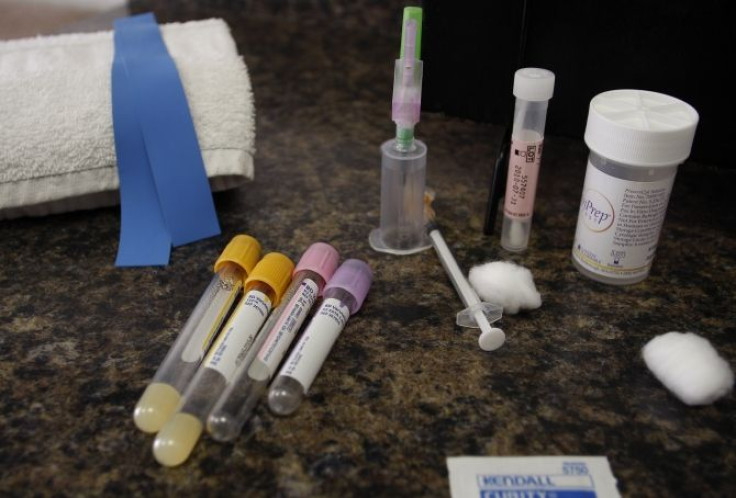Cholesterol Screenings Go High Tech With Non-Invasive Photographic Testing

High cholesterol is when fatty deposits have developed in the blood vessels. These deposits make it challenging for blood to reach arteries, and in turn the heart may not receive adequate amount of oxygen-rich blood. The lack of oxygen-rich blood can increase an individual's risk of a heart attack.
Many physicians stress the importance of cholesterol screenings as one of the most important ways to monitor "good" and "bad" cholesterol levels. However, researchers in India are creating new non-invasive ways to test individuals for cholesterol.
Researchers from the Sree Sastha Institute of Engineering and Technology have developed non-invasive ways to test cholesterol levels in patients who are at an increased risk of developing heart disease. N.R. Shanker, lead researcher, and her colleagues approach is centered on the creation of a large database of cholesterol levels recorded using standard blood tests.
Knowing that cholesterol is largely concentrated in the creases of an individual's finger, they linked standardized photographs of each patient's hand in order to develop an image processing computer program. This program will compare the images from a new patient with the hands of thousands of entries in the database and match it to a specific cholesterol reading.
The computer program will measure the amount and type of cholesterol that is circulating in an individual's blood.
Cholesterol that is not used by the body in making hormones and building cells is then stored on the inner walls of arteries as a waxy plaque, which can impede the normal flow of an individual's blood. This can cause serious health problems such as a stroke and heart attack. Researchers found that different levels of cholesterol can be demonstrated through a thorough analysis of the skin.
Currently, physicians used a lipid panel as a way to test for levels of cholesterol. This is a blood test that measure for the amount of amount of cholesterol and triglycerides in your blood.
Shanker hopes this new method would be able to test a larger population without the high cost and inconvenience of blood test.
The study was published in the International Journal of Medical Engineering and Informatics.



























